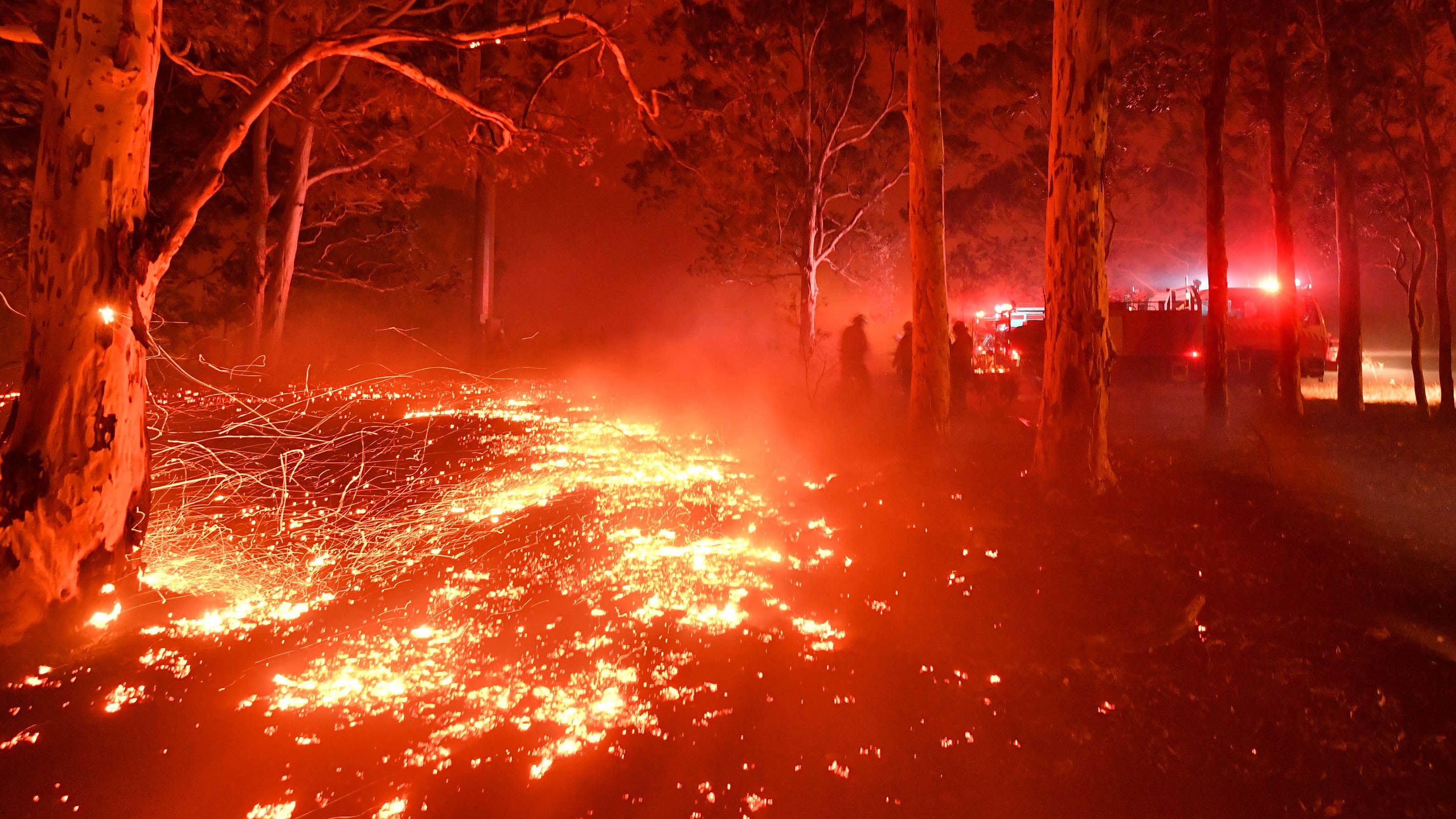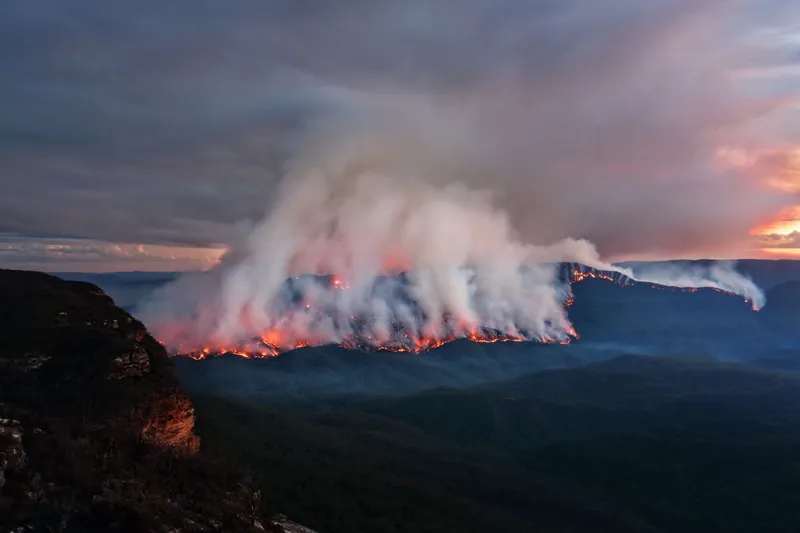BAL Report Fundamentals: Important Information for Property Owners
Wiki Article
Ensuring Bush Fire Defense Via Correct BAL Record Analysis
In the world of bush fire protection, the thorough analysis of Bushfire Assault Degree (BAL) records stands as a foundation for safeguarding properties against the damaging impact of wildfires. With ecological variables and home features playing considerable duties in identifying the degree of threat, an extensive understanding of BAL rankings becomes crucial.
Recognizing Bushfire Attack Level (BAL)
In the realm of bushfire protection, understanding the Bushfire Strike Degree (BAL) is critical for guaranteeing effective reduction methods. Comprehending the BAL rating of a residential or commercial property is essential for home policymakers, proprietors, and contractors to apply suitable measures to guard against bushfire hazards.
Importance of BAL Record Evaluation
A crucial element in bushfire security planning involves the complete analysis of BAL reports to assess the possible dangers and identify appropriate reduction methods. BAL reports supply vital info about the possible impact of bushfires on a home based on numerous elements such as vegetation kind, distance to possible fire risks, and slope of the land. Evaluating these reports with accuracy is critical in creating efficient bushfire protection procedures tailored to the details danger profile of a property.Applying Fire Security Actions
Carrying out effective fire security measures is critical for protecting residential or commercial properties in bushfire-prone locations. One of the main means to improve fire defense is by producing defensible room around buildings. This includes cleaning combustible greenery, such as dry fallen leaves and branches, within a certain distance of the residential property. Additionally, mounting fireproof roofing products can aid decrease the danger of ashes sparking the roofing throughout a bushfire. Effectively maintained displays and seamless gutters are also vital to protect against debris buildup that could fuel a fire.Additionally, having a appropriate and well-kept supply of water, such as a storage tank or pool, can assist firemans in their initiatives to safeguard the home. It is essential to have a clear evacuation strategy in location and to guarantee that all locals know with the treatments. Furthermore, having firefighting tools conveniently offered, such as hose pipes and fire extinguishers, can aid in taking on little spot fires prior to they intensify. Generally, implementing a combination of these fire protection measures can dramatically boost the chances of guarding properties throughout bushfire events.
Mitigating Dangers in Fire-Prone Locations
linked here To fortify residential properties versus bushfire risks, a strategic concentrate on mitigating threats in fire-prone locations is necessary. Mitigating risks in fire-prone areas includes a thorough approach that includes different actions to minimize the likelihood and impact of bushfires. One vital facet of risk mitigation is preserving defensible area around buildings by clearing flammable greenery, guaranteeing adequate spacing between structures and trees, and utilizing fire-resistant landscaping methods. Furthermore, carrying out ember-proofing actions such as mounting metal mesh screens on windows and covering roofing system tooth cavities can help prevent ember attacks and minimize the risk of spot fires.In addition, building or retrofitting buildings with fireproof products and making certain correct upkeep of roof coverings, seamless gutters, and exterior cladding can substantially enhance the property's durability to bushfires. Establishing and practicing a bushfire emergency situation plan with all owners, including evacuation procedures and interaction methods, is also essential in mitigating dangers effectively. By taking on a proactive strategy to risk reduction in fire-prone areas, homeowner can much better protect their possessions and enhance general bushfire preparedness.
Ensuring Residential Property Safety and Durability
Ensuring the security and strength of residential properties in fire-prone areas needs an unwavering dedication to robust precautionary measures and tactical preparation. Residential or commercial property security starts with applying effective procedures to lower fire hazards. This includes preserving a defensible area around the property by removing flammable plants, making certain proper maintenance of roofing systems and rain gutters, and making use of fireproof building materials. Normal maintenance of firefighting equipment, such as hose pipes and lawn sprinkler systems, is also important to residential or commercial property durability.Resilience, useful link on the various other hand, involves the ability of a building to recover and hold up against from a bushfire. By proactively attending to these facets, home proprietors can better secure their properties and loved ones from the risk of bushfires.
Verdict
To conclude, making sure bushfire defense with correct BAL report analysis is vital for recognizing the level of danger presented by bushfires and applying necessary fire security procedures. By minimizing risks in fire-prone areas and making sure residential property safety and security and resilience, individuals and neighborhoods can much better plan for and react to bushfire occasions. It is vital to focus on fire safety and security steps to secure lives and property in these risky environments.In the realm of bush fire protection, the meticulous analysis of Bushfire Attack Degree (BAL) records stands as a keystone for guarding homes against the destructive influence of wildfires (BAL Report). Recognizing the BAL ranking of a building is critical for building contractors, policymakers, and owners to execute appropriate actions to secure against bushfire hazards
my link

BAL records provide essential info regarding the prospective effect of bushfires on a building based on various factors such as greenery type, distance to potential fire hazards, and slope of the land (BAL Report). Overall, implementing a combination of these fire protection measures can significantly raise the opportunities of guarding properties throughout bushfire occasions
Report this wiki page